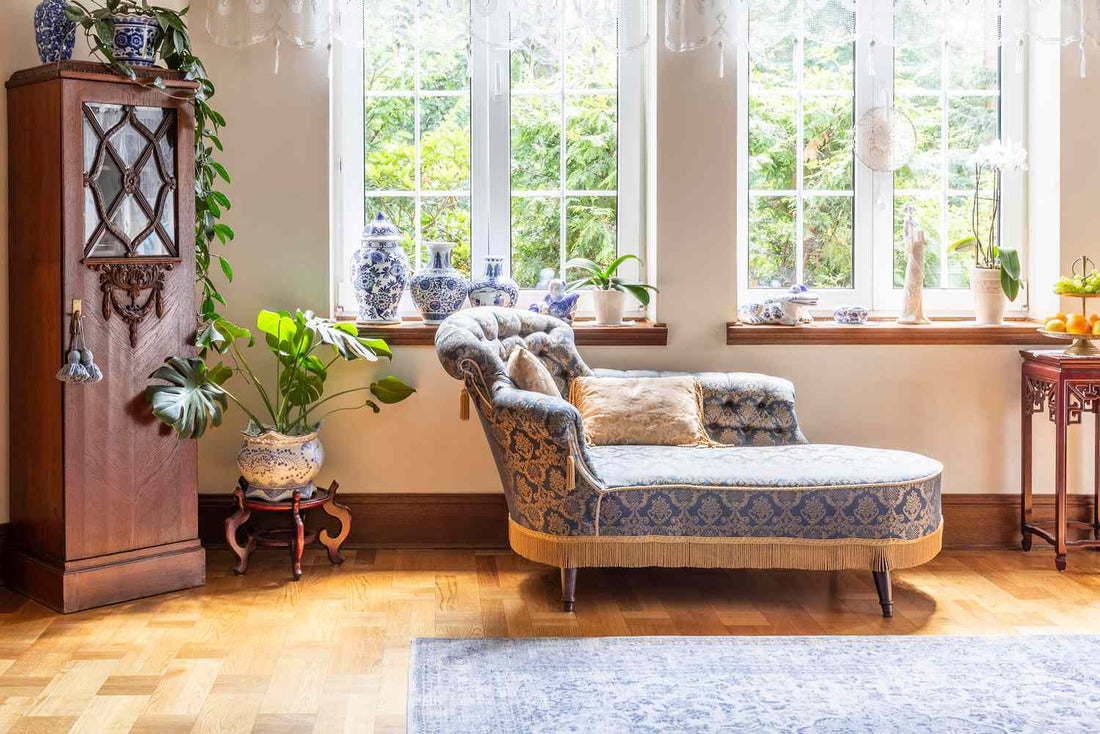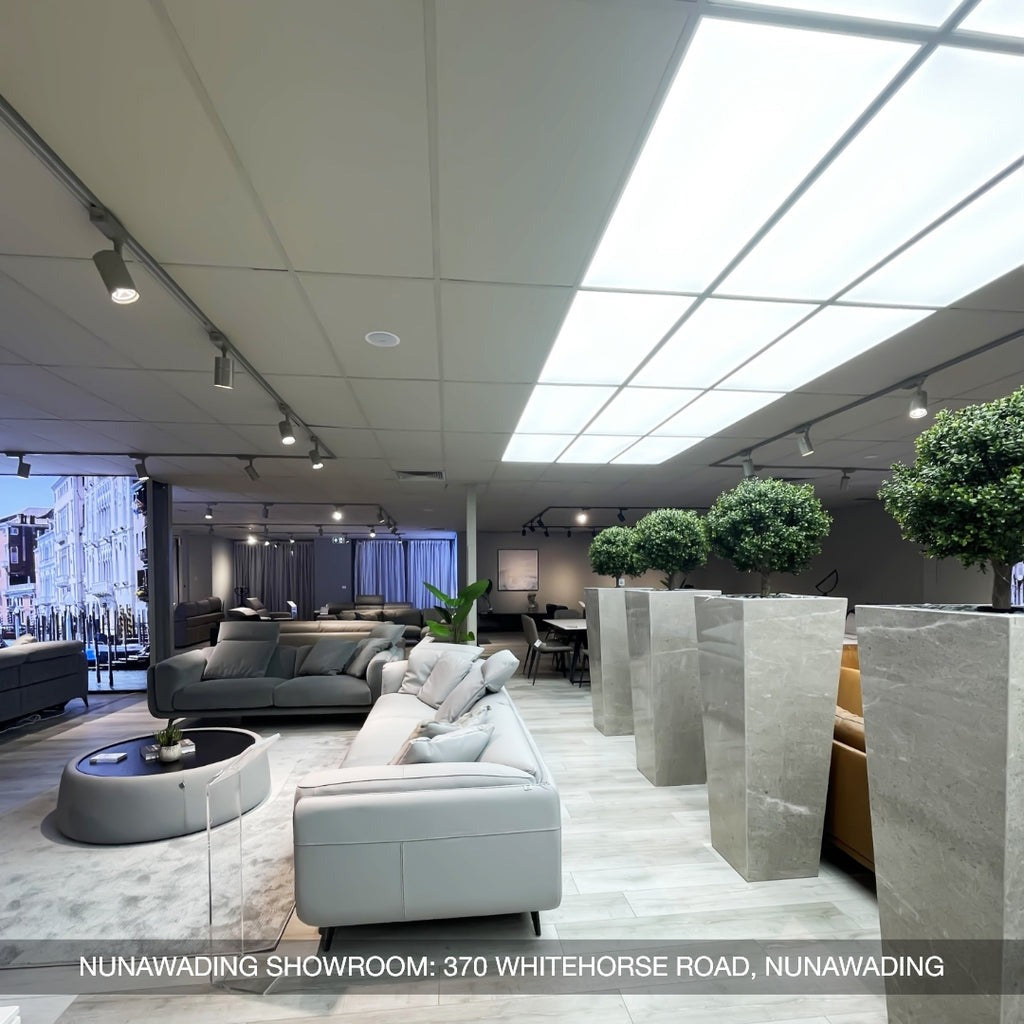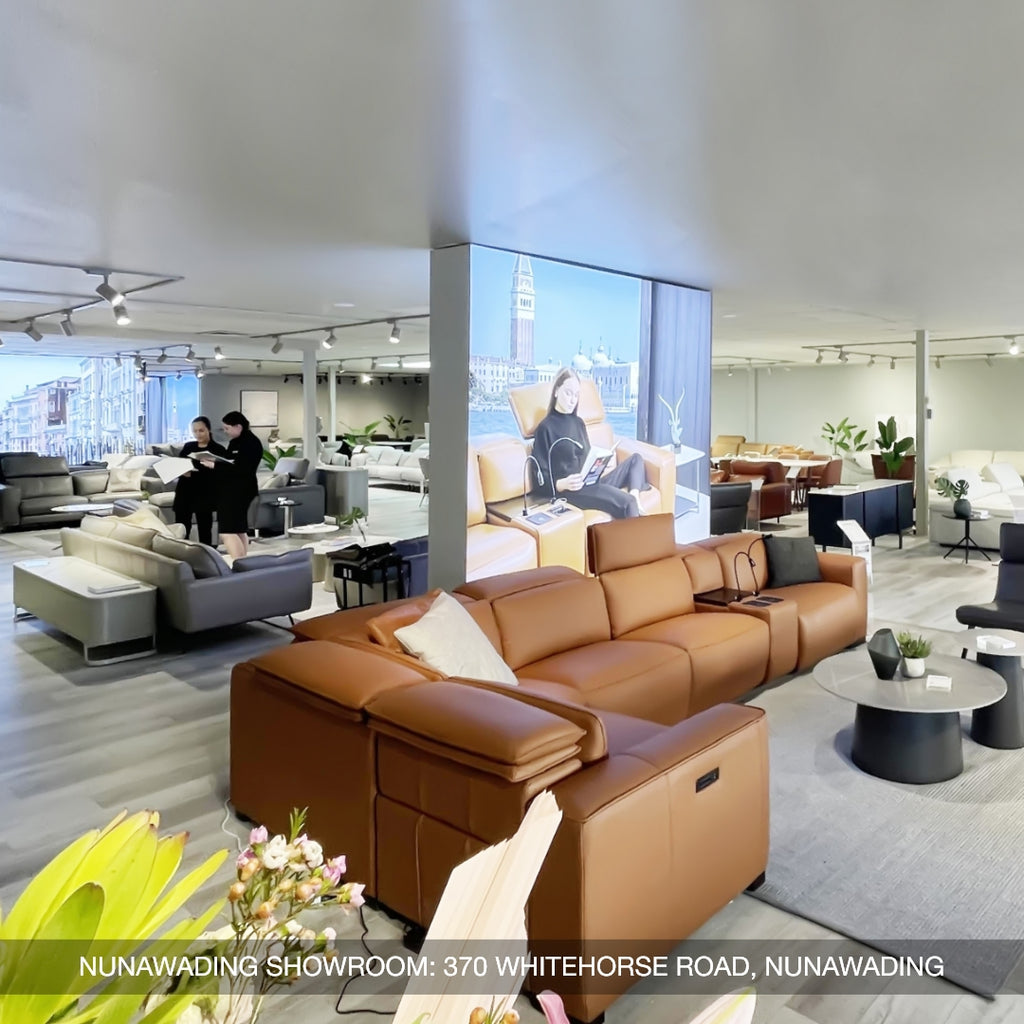Navigating the world of furniture involves understanding subtle differentiations, and one such query that often arises is the difference between sofa and settee. The realm of sofa vs settee delves into design nuances, historical contexts, and varying interpretations across regions. Deciphering whether to choose a sofa or settee for your living space entails unraveling their distinct features and applications. This exploration into the difference between sofa and settee aims to illuminate these furniture pieces, assisting you in making informed decisions that align with your aesthetic preferences and functional requirements.
The Origin Of “Sofa”
The etymology of the term "sofa" traces a fascinating journey through cultural and linguistic evolution. Originating from the Arabic word "suffah," meaning a bench covered with cushions and blankets, the concept found its way into medieval Spain as "soffā." The journey continued through various European languages, with "sofa" gaining prominence in English during the 17th century.

The distinction between "sofa vs. settee" reflects nuances in historical usage and regional preferences. While "sofa" tends to dominate modern language, the two terms are often used interchangeably, causing the lines to blur. Similar debates arise in discussions of "sofa vs couch", where regional and cultural variations contribute to the linguistic diversity surrounding these pieces of furniture.
In the realm of contemporary interior design, the discourse extends to "sectional vs modular sofas". While both offer versatile seating solutions, the sectional sofa typically features fixed components, whereas the modular sofa allows for customizable arrangements with detachable sections. This distinction caters to diverse preferences, accommodating various spatial and stylistic considerations in modern living spaces.
The Terms "Sofa" And "Settee": Which Came First?
Among the trio of terms—sofa, couch, and settee—the word "settee" boasts the most profound English origins. Tracing its roots back to the old English word "setl" or "settle," during the Middle Ages, it denoted a long wooden bench, often crafted from oak, featuring a high wooden back. The intricacy of carving on this back reflected the wealth and status of its owner, making it a characteristic piece of furniture in that era.

In contrast, "sofa" has its roots in the Arabic word "suffah," originally describing a raised part of the floor, adorned with carpets and cushions for seating in the eastern Mediterranean. The concept and term made its way to France in the 17th century, eventually reaching England, where it found favor in the homes of the affluent. By the 19th century, "sofa" had solidified its accepted spelling, evolving to emphasize upholstery as a crucial element of its design. The "difference between sofa and settee" thus reflects the rich historical and linguistic tapestry of these pieces of furniture, each with its distinct journey and cultural influences.
Comparing The Difference Between Sofa And Settee
Size
Size
At the heart of the settee's identity lies its size, a distinctive feature that sets it apart from its larger counterpart, the sofa. Settees, ranging from 50” to 70” in width, exude an air of modesty compared to the expansive dimensions of sofas, which can extend beyond 90”. Functioning more like elegant benches, settees prioritize intimacy with fewer seating spots and a shallower depth that encourages a more upright posture.
Function
Settees redefine the boundaries of functionality, liberating themselves from the confines of traditional living rooms. Their petite scale makes them versatile companions, seamlessly fitting into diverse spaces. Settees for small spaces become intuitive choices, finding their place in bedrooms, offices, parlors, or cozy breakfast nooks, providing just the right amount of seating without overpowering the room.
Design
Diving into the realm of design, settees unveil a distinctive aesthetic characterized by minimalism and sophistication. Unlike sofas, settees often boast armless designs or slender arms, minimizing their footprint and contributing to a visually streamlined effect. Tall, exposed legs and cushions that are typically attached further enhance the settee's refined appearance, showcasing a commitment to a sleek, tailored look over plush comfort.

Style
The interplay of design, size, and function propels settees into the realm of elevated style. While sofas embrace a casual, comfortable ethos ideal for lounging, settees make a bold statement as chic, formal pieces. Tailored details, slender arms, and graceful elements weave together to create a touch of sophistication that effortlessly elevates any space. In the juxtaposition of sofas and settees, the latter emerges as more than just a seat; it becomes a curated expression of style and refined taste.
Conclusion
In conclusion, the difference between sofa and settee extends beyond size and function; it's a divergence in design philosophy. Settees, with their petite elegance and versatile placement, redefine sophistication in varied spaces. The distinction between sofa and settee becomes a choice between casual comfort and curated chic. As settees gracefully carve their niche in intimate corners, the design world witnesses a harmonious blend of style and functionality. Whether you opt for a casual sofa or integrate a settee into your high-end sofa collection, the decision underscores the nuanced artistry in furniture selection, where each piece becomes a curated expression of individual taste.





